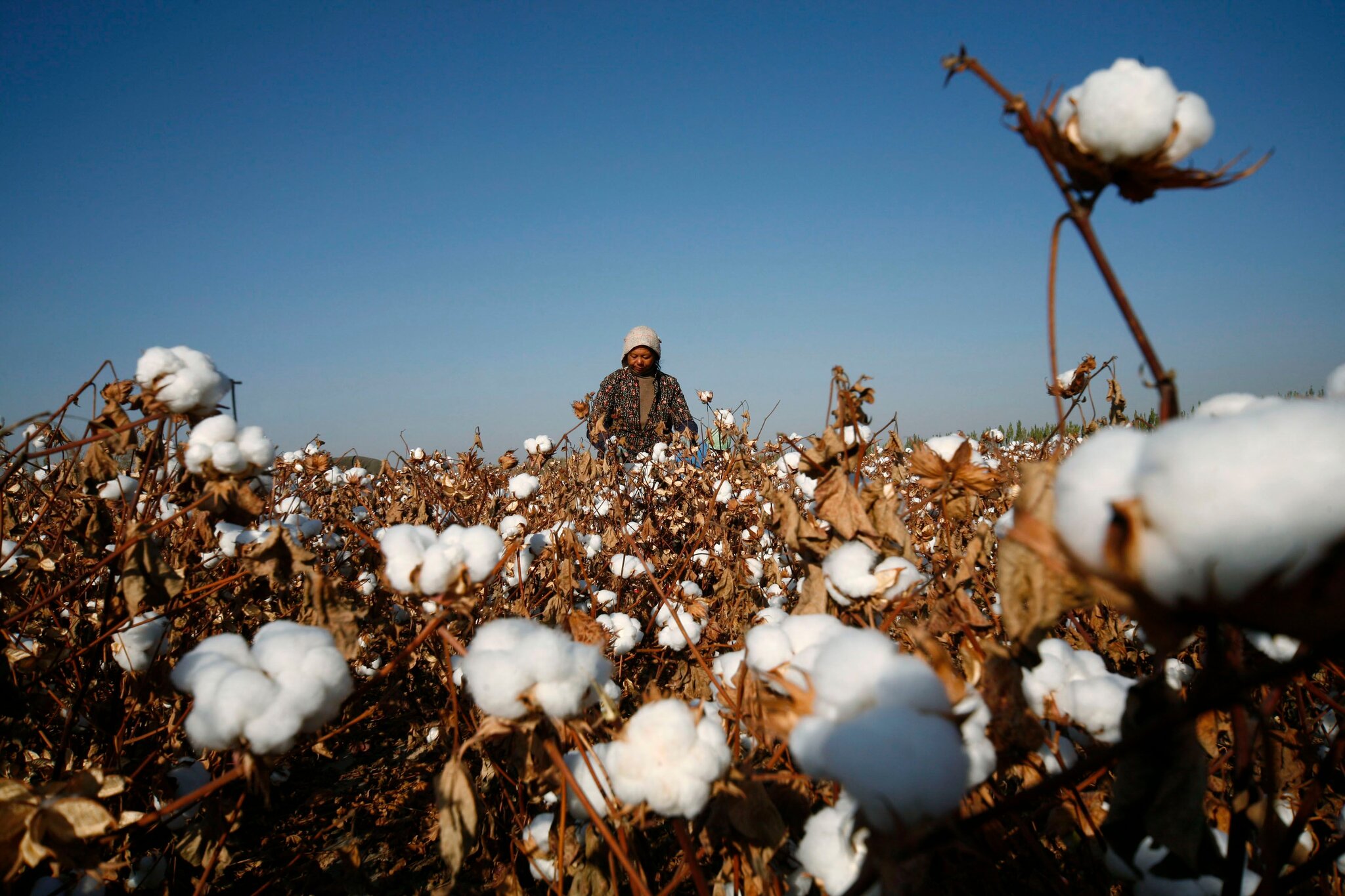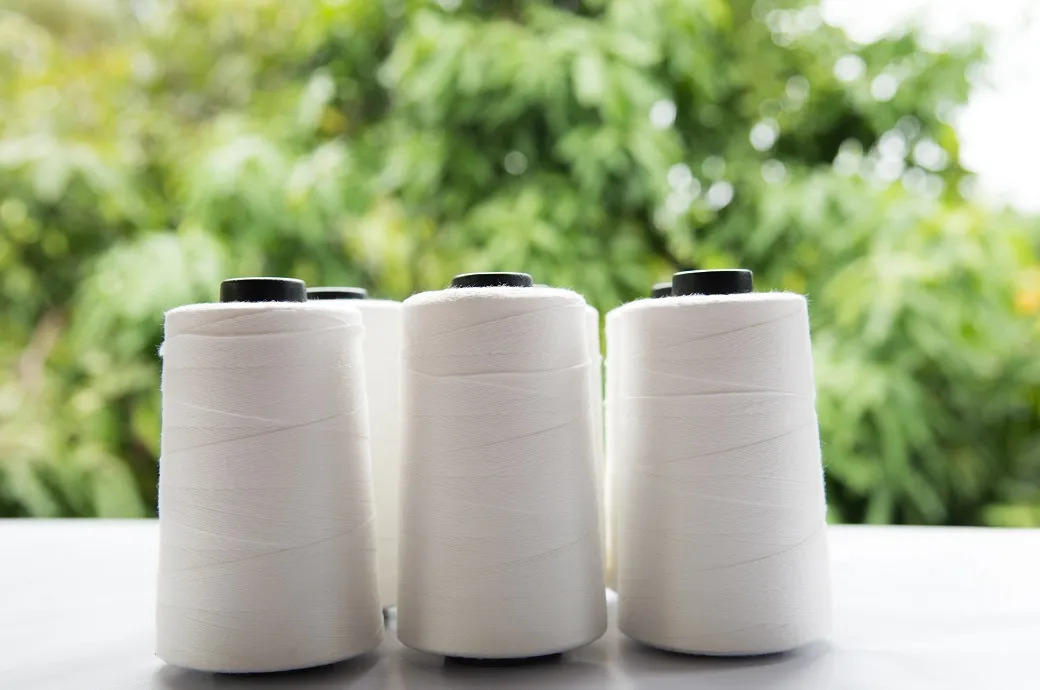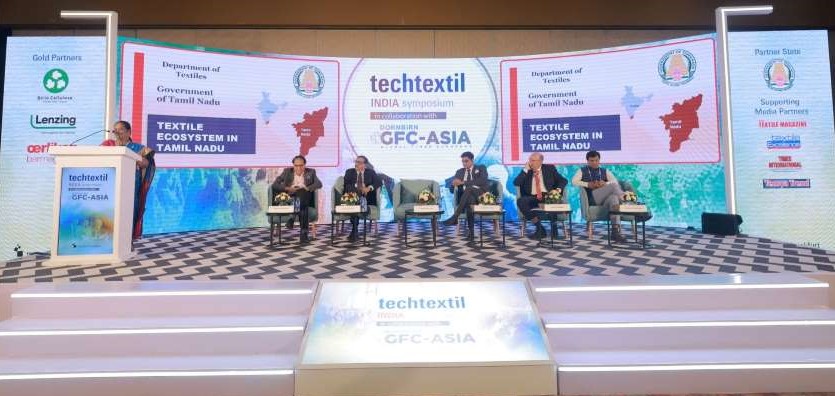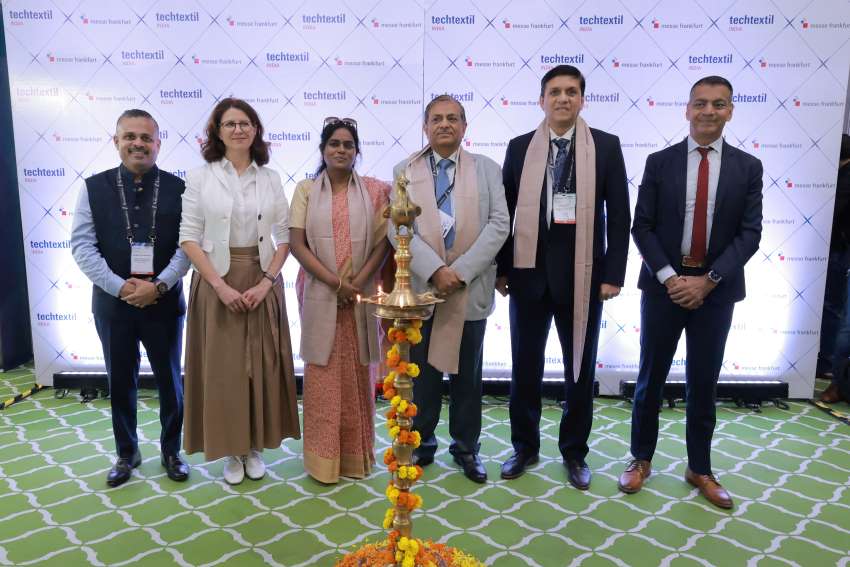FW
Asia Pacific dominates the textile printing worldwide. This region is anticipated to witness considerable market growth in the future mainly owing to financial stability and governmental support. Furthermore, Europe is the second largest market due to the rapidly developing industrial network.
Additionally, North America is moving forward to gain highest market value. Further, increasing disposal income of the people in this region will contribute to the market growth.
Emerging countries such as India and China will show significant growth in the textile printing globally in the near future. The demand by domestic people in India and China will contribute to the growth of the textile printing market.
Some of the major key competitors in the global textile printing market are Digitex India Inc., AM Printex, Dazian LLC, AGS Transact Technologies, JV Digital Printing, and Dickson Coatings. Other major players influencing the global market are Glen Raven, Inc., Mehler Texnologies, Fisher Textiles, Inc., and China Dyeing Holdings, Ltd.Textile printing is used to design or colour a fabric in a definite pattern.
Textile fiber binds the fibers together in order to reduce friction within fibers. Textile printing is associated with dyeing where the whole fabric is uniformly covered with single color. In order to use one or more colors, defined patterns are required.
Textile printing includes engraved plates, wooden blocks, rollers, stencils and others to color fabrics. Colorants include dyes that thickened color to avoid spreading through capillary action beyond the certain limit in definite patterns. The aim of textile printing is to create attractive designs and distinct patterns for attracting the customers. Earlier, textile printing was traditionally used in India and it has evidence of using wooden blocks for printing.
The demand for the textile printing is anticipated to increase globally and this, in turn, will drive the market in the coming future. The increasing popularity of textile printing throughout international market will foster the market growth in future. People moving towards more artistic and royal choices will also positively influence the textile printing market.
The Malaysia External Trade Development Corporation (MATRADE) and High Commission of Pakistan Malaysia jointly organised a seminar on ‘Doing Business with Pakistan on 21st December in Kuala Lumpur. The seminar saw participation of over 200 Malaysian companies and Pakistani businessmen.
Speaking at the seminar, the High Commissioner of Pakistan in Malaysia, Syed Hassan Raza said that both countries are negotiating to further reduce duties on existing and additional tariff lines to facilitate businesses under the Free Trade Agreement (FTA). The High Commissioner highlighted the investment opportunities and trade potential in Pakistan and informed the participants that there were numerous opportunities for the companies in both countries, having FTA since 2008.
The current trading basket of both the countries is limited to Palm oil, fibre board, rubber electrical and electronic equipment from Malaysia while from Pakistan main items exported are cotton, textile, rice, maize, vegetables. On investments, Raza mentioned that present investment regime is the most liberal in the region. Foreign equity could be 100 per cent owned by foreign investor and there were no restriction on repatriation of profits/royalties almost all sectors are open for investment and one-window facilitation were some of the highlights of new policy. He emphasized that Pakistan was a stable, peaceful and welcome foreign investors to visit any part of the country.
As it faces immense pressure from developed countries to start a discussion, India has started framing its position on new issues including on ecommerce, small and medium enterprises and investment at the World Trade Organisation (WTO). The WTO ministerial meet will be held in the Argentine capital of Buenos Aires in December 2017.
Until now, India has vehemently opposed the inclusion of new issues in the multilateral organisation unless the existing one related to food security and special safeguard mechanism (SSM) are resolved. At the last ministerial meeting in Nairobi, developed countries were successful in clinching the deal away from India by allowing new issues to be taken up in the WTO’s mandate.
Developed countries including the US have been pushing for cooperation, information exchange and capacity building for small and medium enterprises. On fisheries, they want to prohibit subsidies granted for illegal, unregulated and unreported fishing and a strict mechanism to assess fish stocks which is not easy for developing countries like India. India’s concerns on investment becoming part of the WTO agenda pertain to the definition of investment and the investor dispute settlement mechanism.
E-commerce is the first among the new issues that the developed countries have been pushing to be included in the WTO’s agenda for the next ministerial. Although India has not favoured e-commerce discussions till now, it has begun studying papers submitted to the WTO on the issue to understand the various views.The government is consulting e-commerce companies operating in the country, but the views emerging from these talks are divergent.
Trends come and go, but there’s something endlessly chic and timeless about the colour black. Keeping in mind the hottest fashion trends, Wrangler -the classic American denim brand has launched its all-new Black on Black collection.
This collection ranges from stylish biker-inspired jackets to classy black denims. The Wrangler’s all new Black on Black Collection is the new black, and it’s all about enduring style.
When it comes to party season, suave and stylish is definitely the way to go. All-black and monochrome ensembles look super-slick and will instantly take any casual look up a notch.
The all-new Black collection from Wrangler is a must-have in one’s wardrobe this season. Essential designs from this collection include Indigo Demins with Black Pigment Spray, Washed Black Denims, Black-on-Black trims and branding, Biker-inspired jackets, Cut and Sew Fabric Variations and long-length top wear silhouettes. This collection is a perfect blend of style, comfort and hygiene.
In order to set the next course of action on achieving $50 billion export target by 2021, the Bangladesh Garment Manufacturers and Exporters Association (BGMEA) is on course to organise the second Dhaka Apparel Summit on February 25 next year. Prime Minister Sheikh Hasina is expected to inaugurate the single-day largest expo on the $28 billion apparel industry.
The summit will also showcase the progress of initiatives taken to improve the safety standard and condition of the workers in the RMG sector following the factory disaster in 2013. The day-long event will be attended by representatives from buyers, brands, university scholars and workers’ representatives who will focus on possible road map to the achievement of $50 billion export target. As a sequel to the success of first Dhaka Apparel Summit, BGMEA will hold the second summit of its kind on February 25, next year, it is understood.
Bangladeshi exporters have taken Brexit as a grave concern as it has already started affecting the country’s trade with the UK where the country’s exports achieved spectacular growth in last several years. Local readymade garment (RMG) exporters feel that policy support including cash incentive would help them cope with the impacts anticipated to be caused by the exit of UK from the European Union (EU), the world’s largest trading block. The UK is the third biggest export destination of Bangladeshi products after the US and Germany. Bangladesh enjoys the balance of trade in its favour with the world’s fifth largest economy.
According to Export Promotion Bureau (EPB) data, Bangladesh exported goods worth $3.81 billion to the UK against its imports of $276.60 million in the fiscal year 2015-16 posting a trade surplus of $3.53 billion. Whereas in the last fiscal (FY 2014-15), the country fetched $3.2 billion from exports to the UK and imported goods worth $330.20 million registering a surplus of $2.87 billion.
Bangladesh Garments Manufacturers and Exporters Association (BGMEA) President Siddiqur Rahman has rued that the Brexit process has started and it is affecting the trade between Bangladesh and the UK. He claimed that Bangladesh’s export market in the UK is worsening due to the influence of Brexit process. The price fall of UK pound has caused losses to us and it is speculated that the situation will further worsen in near future.
The output of the cotton crop in Pakistan is likely to improve during this season. However, there is not an iota of doubt that It would remain on the lower side but better compared to that of the last season mainly due to favourable weather conditions.
According to a feedback from the growers, it is being projected that Pakistan's cotton crop is expected to be 10.6 million bales, slightly higher than 9.7 million recorded in the last year, traders and experts say. In the first week of this month, Pakistan's Cotton Crop Assessment Committee (CCAC), already revised cotton production target on the downhill and estimated cotton crop of 10.54 million bales (1 bale = 155 kg) in this season against actual target of 14.1 million. CCAC has revised cotton crop estimates for the third time during this season. The cotton prices were also expected to rebound in the coming month due to higher demand of quality cotton and ginners were also likely to offload improved quality cotton in the market in January, traders added.
The United State Department of Agriculture (USDA) had also predicted that Pakistan's cotton crop would rebound 18 per cent during that season. The Department’s recent report on Cotton and Wool Outlook stated that Pakistan's crop is projected at nearly 8.3 million bales in 2016-17, an 18-per cent rebound from a 2015-16 crop that was the countries lowest since 1998-99. Although 2016-17 area was forecast at a three-decade low, crop conditions appeared to have been favourable that season as the yield was projected at 748 kg per hectare, one of the top yields on record for Pakistan, it added.
It has always been a trend of the United States taking its fashion cues from Europe carrying the finest luxury brands from Italy, France and Spain in its high-end stores. But there's more to European retail than expensive goods from luxury designers like Dolce & Gabbana, Prada, Louis Vuitton and Versace.
With three large-scale Staten Island retail projects in different stages of development, European retailers are leasing space to compete in the New York marketplace which is considered to be the nation's fashion capital. And there are affordable European retailers that offer trendy apparel and other items, which have become increasingly appealing in the United States.
For example, Primark, which is opening in the Staten Island Mall, New Springville in March will offer trendy fashions for very low prices. Staten Island is also a more cost effective alternative to Manhattan where rents are nearly quadruple for commercial space.
Some say that the fact that European retailers are eyeing Staten Island is directly tied to the tourism the New York Wheel and outlets are expected to bring. But European retailers say it's important to do the homework before opening in a new market. Primark principals say it's important to offer the types of merchandise that Americans -- and in this case, specifically New Yorkers will want to spend their money.
UK based Tarsus Group has conditionally decided to acquire 65 per cent of Foshan Huaxia Home Textile Development that owns the home furnishing expo Hometex, a bi-annual home textiles exhibition in China. The group has acquired the stake from Guangdong Home Textile Association and other association members.
Tarsus Group will acquire the 65 per cent stake in Foshun Huaxia for an estimated cash consideration of approximately £19.3 million. The remaining 35 per cent stake in Foshan Huaxia will continue to be held by the Guangdong Home Textile Association and association members, who are also exhibitors at the events.
Hometex, which was launched in 1997, takes place twice a year in spring and autumn in Shenzhen. The next edition of the event is scheduled to be held in March 2017.
The Hometex brand has strong industry backing with one of the original shareholders being the Guangdong Home Textile Association, while the Chinese Chamber of Commerce for textiles also has a long-term partnership with Hometex.
Siddiqur Rahman, president of Bangladesh Garment Manufacturers and Exporters Association (BGMEA), has announced that the 59 Ashulia-based garment factories would reopen today after remaining closed for over two weeks following labour unrest. He was speaking at a press conference.
While announcing the re-opening, Rahman hinted at a written statement where 30 workers' associations requested the association to reopen the factories as soon as possible. The workers at the factories have also been making the same request, he said.
Further he said that it was because of those requests and also a directive from the prime minister that the Association decided to reopen the factories on Monday. It may be recalled that from December 11, the workers of factories started work abstention on December 11 demanding their minimum monthly wage be increased to Taka 16,000 from Taka 5,300.
Later, the factory managements decided to shut down their units fearing a massive labour unrest and spillover of the demonstrations at the neighbouring factories. After the reopening of the factories, the managements will follow the same provision under which the workers might not receive their pays for the days the factories remained closed, Rahman maintained. About the cases filed against the workers, he said those would be handled under the law of the country.
On the workers who have been terminated during the unrest, the BGMEA chief said the respective management of the factory would take a final call in this regard. Even after being pressed, he could not instantly inform of the exact amount of losses the factories incurred due to the closure.












